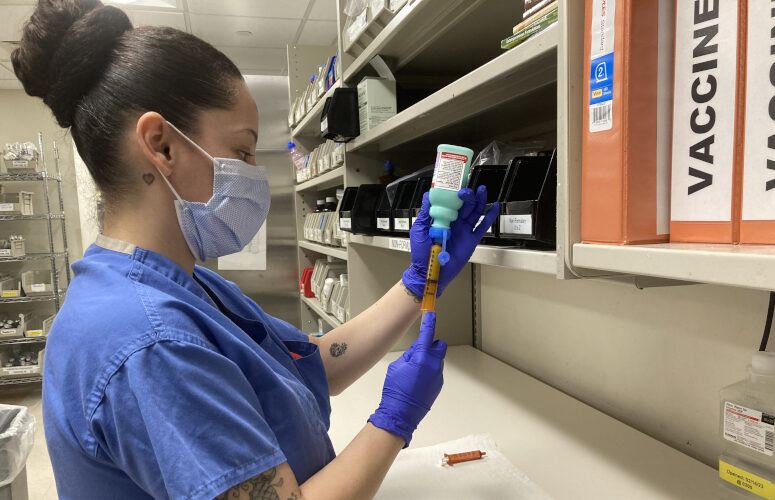
New Study Finds Ways to Decrease Hospital Acquired Infections
On Jul 20, 2016Patients treated in hospital intensive care units (ICUs) for severe neurological events such as stroke and aneurysm rupture, who require ventilator support, are at high risk of pulmonary and urinary infections that can lead to more serious complications and death. A study by researchers at Overlook Medical Center recently published in Neurocritical Care shows that changing standard practices to reduce the number of times patients are transported for brain scans and the use of urinary catheters substantially decreases ventilator-associated events (VAEs) and catheter-associated urinary tract infections (CAUTIs). This appears to be the first time that the frequency of patient transports has been shown to be a risk factor for hospital-acquired infections (HAIs).
The study first retrospectively reviewed the incidence of HAIs among adult patients on ventilators in a neuro ICU over a two-year period to identify factors contributing to respiratory and urinary infections. Based on those findings, interventions were implemented and their impact was prospectively assessed with results showing a 53 percent reduction in HAIs over 18 months.
Interventions implemented included:
- Introducing a mobile CT scanner in the neuro ICU to reduce transports for frequent brain imaging
- Daily re-evaluation of the continued need for a urinary catheter, reducing use whenever possible
- Re-training ICU staff on insertion and maintenance techniques and introducing a new Foley kit that simplified and standardized the sterile insertion process
“Through a rigorous analysis we were able to pinpoint causes and take actions that together, had a very significant impact on preventing ventilator and urinary catheter-related infections,” said John J. Halperin, M.D., lead study investigator and chair, department of neurosciences at Overlook Medical Center. “Better training and limiting the use of catheters was important in this effort. But the real surprise was that transporting patients for brain imagining was a major source of the problem and by introducing a mobile CT scanner we could substantially reduce infections.”
Related Articles:





